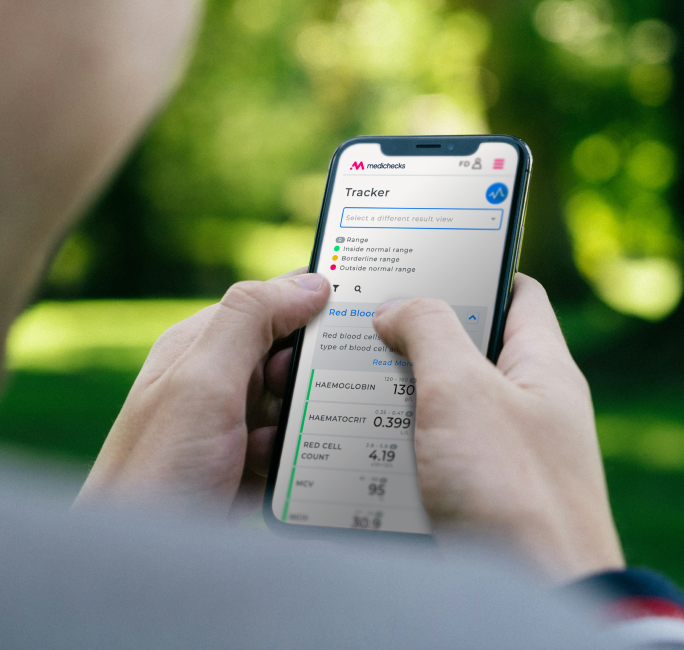Have you developed symptoms of Lyme disease after a tick bite or after spending time in a grassy or wooded area? If so, you should visit your GP as soon as possible and take photos of any rashes before they disappear. Our at-home test may be helpful to check if you’ve likely been infected by measuring antibodies that develop two to six weeks following infection.
Lyme disease can only be diagnosed by a doctor based on your history, symptoms, and an examination.







